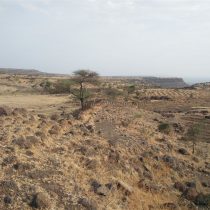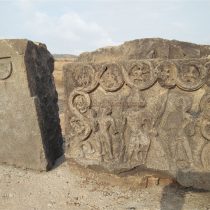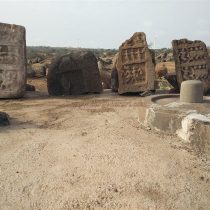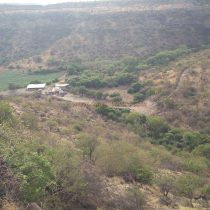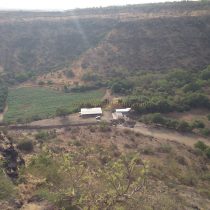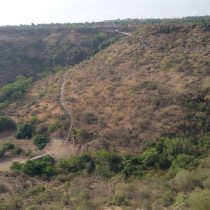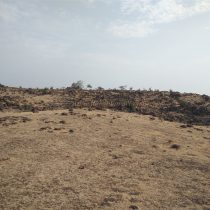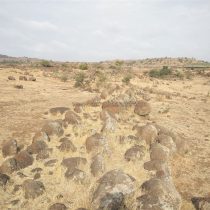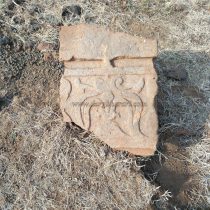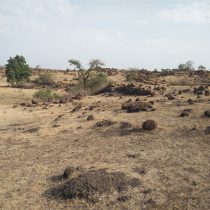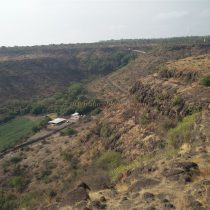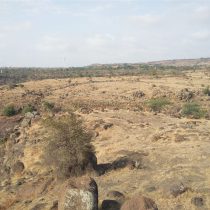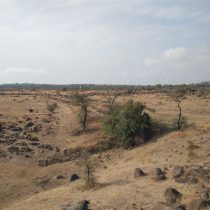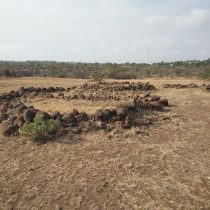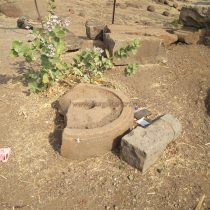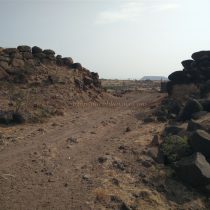KOLDURG
TYPE : HILL FORT
DISTRICT : SANGALI
HEIGHT : 2665 FEET
GRADE : EASY
Koldurg is an ancient fort near Palashi village in Khanapur taluka of Sangli district. The locals call this fort Kuldurg or Rajwada. The recent inscription on the fort proves that the fort has been in existence for about 900 years. Although there is no mention of this fort during Shivaji Maharaj’s period. The scenic Shukachari temple near Koldurg is famous in this area but the Koldurg fort near it is unfamiliar to the tourists. Palashi village is at a distance of 12 km on Sangola-Vita road across Bhivghat from Khanapur taluka. On the way from Palashi village to Banurgad i.e. Bhupalgad, about 1.5 km before the steps leading down to the Shukachari temple, there is a recently built dirt road that leads to Koldurg. ‘Ba Raigad’ a fort-loving organization that conserves forts including Koldurg. This organization has erected a directional sign at this fort.
...
If you have a private vehicle, you can take this road directly to the ramparts of the fort. The stone ramparts on the plateau run towards the valley and you can see seven ruined bastions on the ramparts. Some part of this rampart has been breached and the road has been taken inside. Agriculture is practiced on a large scale on the fort and also two newly built houses can be seen here. Spread over an area of about 100 acres on the surface of the main hill, the fort is generally triangular with valleys on one side and plateaus on the other. The fort is fortified with sparse ramparts on the side of the valley and strong ramparts and bastions on the plateau side. Upon entering the fort, there is a house in front and a farm on one side, and piles of stones scattered in the distance on the other side. Next to this house, the Ba Raigad organization has collected the remains of the carved stone, hero stone and Satishila found during the conservation of this fort and placed them on a quadrangle structure made out of stone. The map of the fort and the information board they have erected at this place makes it easy to explore the fort. There are signs of water being blocked by building a dam on the slope of the fort, but now the dam has been breached and farming is being done in the place of the lake. While walking from the east bank of the fort, it is seen that the water is blocked by a stone dam in the valley below. Currently, the dam is in a state of disrepair and its construction is characterized by carved stones and wrought stones. While walking around the fort, scattered remains can be seen in some places. The carved stones of the ancient temple and other structures on the fort have been taken by the villagers to their village and used to build their houses and many other structures. The temple on Bhupalgad fort is visible to the north from Koldurg. As the perimeter of the fort is very large, it takes two hours to walk around the entire fort but not many visible remains can be seen. On the quadrangle structure of the fort, there is a fragmentary inscription in the Kannada script of the Chalukya period dating back to about 850 years ago. This inscription is of 17 lines and some letters are missing. The first part of the inscription is broken and the rest of the inscription has a statue of a seated sadhu in the center and a crescent moon on the side. The beginning of the inscription describes a Jain sage who is said to have been as great as a mountain, to have won the heart of Kaamdev, to be noble, learned, and worldly. Although the inscription does not mention time, it does mention the name of the Chalukya king Jagadekamalla. This king ruled from 1138 to 1150. The inscription mentions that the lord of Bijal Kalchuri donated to these Jain sages. Due to this, the life of the fort goes back to about 900 years. According to the Sangli District Gazetteer, the fort was built by a Koli king who revolted against Raja Bhoj of Panhala from this fort. With a private vehicle, you can easily visit Koldurg, Bhupalgad, Palashi's Siddheshwar Temple, and Shukachari Temple in one day.
© Suresh Nimbalkar

